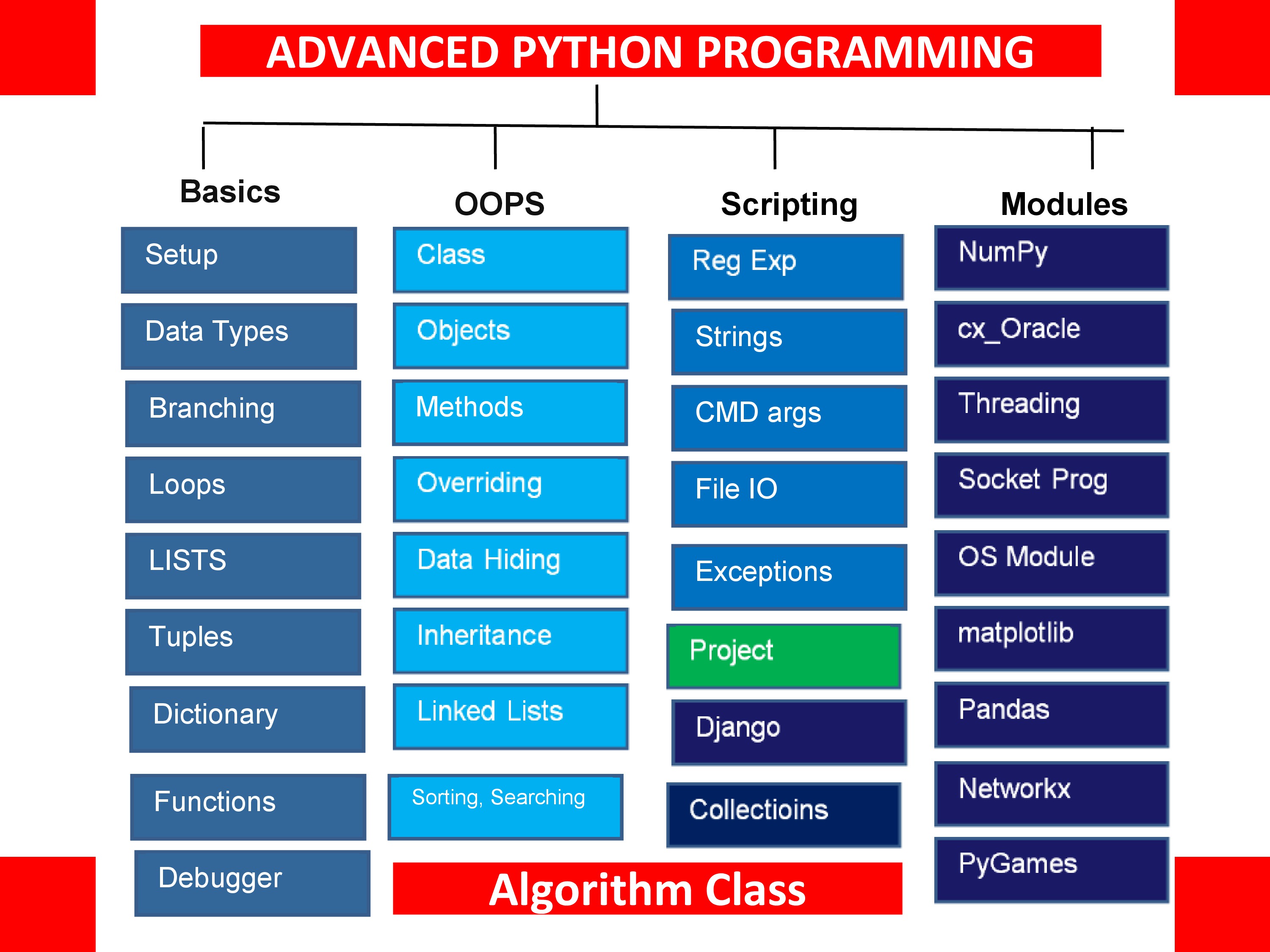

All of these data structures might have more than one item, Refer to Figure 1. You will not only learn how to implement fundamental dat structure like array, linked list, binary tree, graph, stack, queue, and heap to implement on your own.

Multi-item data structures: they are also known as Collections in Python like strings, lists, tuples, dictionaries, and sets.Single-item data structures: when a variable of these data structures is defined, it should have only one item like a Number. Semi-relatedly, algebraic data types would be absolutely wonderful, but to use them well you usually need pattern matching.

Python mainly supports six major data structures divided into two main categories: So, what are the data structures available in Python? 3.
If you want to make your data structure a read-only memory, you have to use a tuple.ĭon’t worry if you are not familiar with tuple and list right now, you are going to learn in details about these two data structures in the future articles.😊įor each data structure, there is a set of operators defined to process that data structure, and one operator could be common between multiple data structures, and for each one of these data structures, it could have a different job. If you want a data structure to define a collection of ordered items, you have to use a list. In Python, like any other programming language data structure is designed to arrange data to suit a specific purpose. In other words, how to organize, process, retrieve and store data inside the variable. The most prominent Data Structures are Stack, Queue, Tree, Linked List and so on which are also available to you in other programming languages. Python allows its users to create their own Data Structures enabling them to have full control over their functionality. These structures are called List, Dictionary, Tuple and Set. It is a special variable format defining how to deal with the variable itself. Python has implicit support for Data Structures which enable you to store and access data. In addition to, keep in your mind that you have to use the equal sign (=) to assign a value to a variable and according to this value, the interpreter will understand the type of that variable.







 0 kommentar(er)
0 kommentar(er)
